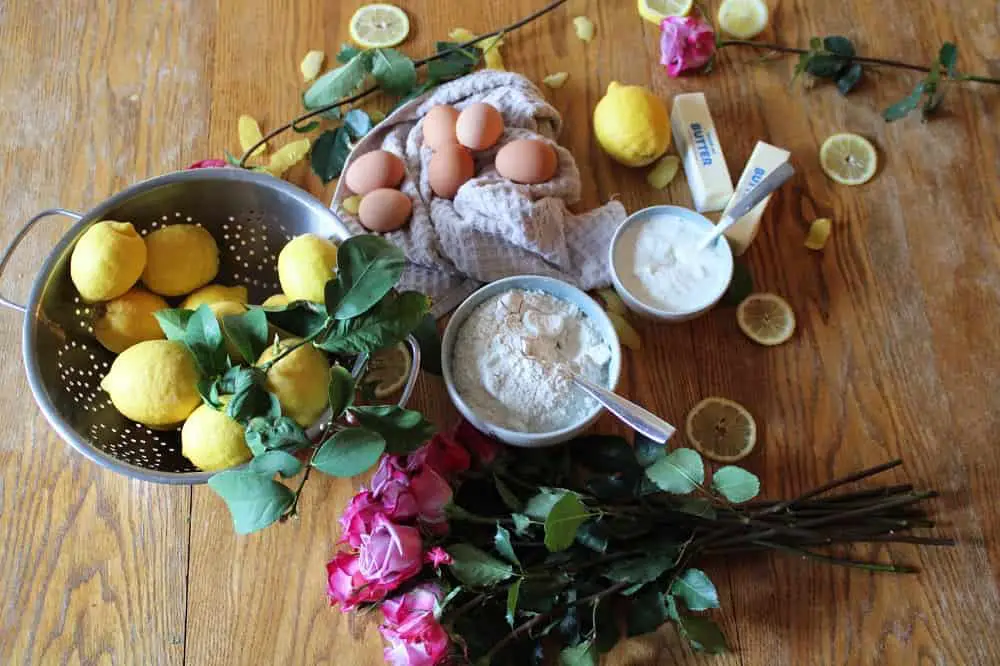Pickled Veggies: A Gut-Healthy Delight

In the realm of gastronomy, there exists a timeless tradition that not only tantalizes the taste buds but also offers a plethora of health benefits. Enter pickled vegetables – the unsung heroes of gut health. While pickling has been around for centuries as a method of food preservation, its significance in promoting a healthy gut microbiome has recently garnered much attention from health enthusiasts and researchers alike.
Pickling involves fermenting vegetables in a solution of salt and water, often with the addition of spices and herbs. During this fermentation process, beneficial bacteria such as lactobacilli proliferate and thrive, transforming ordinary vegetables into tangy, probiotic-rich delights. These live cultures not only contribute to the distinct flavor profile of pickled veggies but also confer numerous health advantages, particularly for gut health.
One of the primary benefits of pickled vegetables lies in their probiotic content. Probiotics are live microorganisms that, when consumed in adequate amounts, offer a multitude of health benefits, especially for the digestive system. By introducing probiotics into the gut, pickled veggies help maintain a healthy balance of gut flora, thereby enhancing digestion and nutrient absorption. Moreover, they can aid in alleviating gastrointestinal issues such as bloating, gas, and constipation.
Examples of popular pickled vegetables abound across various cultures. Take kimchi, for instance, a staple in Korean cuisine. Made primarily from fermented cabbage, radishes, and other vegetables seasoned with chili peppers, garlic, and ginger, kimchi is not only a flavor bomb but also a nutritional powerhouse. Its probiotic-rich nature has been linked to improved digestion, reduced inflammation, and enhanced immune function.
Similarly, sauerkraut, a beloved condiment in many European cuisines, is made by fermenting finely shredded cabbage with salt. This tangy delight is not only low in calories but also packed with fiber, vitamins C and K, and various antioxidants. Its probiotic content aids in promoting gut health, while its high fiber content supports regular bowel movements and may help lower cholesterol levels.
In Japan, tsukemono refers to a variety of pickled vegetables that accompany almost every meal. Whether it’s crunchy pickled cucumbers, daikon radishes, or eggplants, these tangy side dishes not only add depth to Japanese cuisine but also all cuisine and contributes to overall gut health. Their probiotic content aids in digestion, while their low-calorie nature makes them a guilt-free indulgence.
In addition to probiotics, pickled vegetables also contain prebiotic fibers, which serve as food for the beneficial bacteria in the gut. This symbiotic relationship between probiotics and prebiotics further enhances gut health and promotes overall well-being.
In conclusion, the humble pickled vegetable deserves a special place on our plates not just for its tantalizing flavors but also for its profound impact on gut health. Whether it’s the fiery kick of kimchi, the tangy crunch of sauerkraut, or the refreshing bite of Japanese tsukemono, incorporating these probiotic-rich delights into our diets can go a long way in nurturing a happy and healthy gut.
So, the next time you reach for a jar of pickled veggies, savor not only the taste but also the myriad benefits they offer to your digestive system. Your gut will thank you for it.
Tangy Pickled Carrots
Ingredients
- – 1 pound of carrots peeled and sliced into thin rounds or matchsticks
- – 1 cup of white vinegar
- – 1 cup of water
- – 2 tablespoons of sugar
- – 1 tablespoon of salt
- – Optional: garlic cloves whole peppercorns, dried chili flakes, or fresh herbs like dill or cilantro for added flavor
Instructions
- Rinse the carrots thoroughly under cold water to remove any dirt or debris. Peel the carrots if desired, then slice them into thin rounds or matchsticks. You can also use a vegetable peeler to create carrot ribbons if preferred.
- Wash the jars and lids in hot, soapy water, then rinse them well. Alternatively, you can run them through a dishwasher cycle. Place the jars and lids in a large pot and cover them with water. Bring the water to a boil and let the jars and lids boil for 10 minutes to sterilize them. Carefully remove them from the pot and let them air dry.
- * In a saucepan, combine the white vinegar, water, sugar, and salt. Bring the mixture to a boil, stirring occasionally until the sugar and salt dissolve completely. Remove the brine from the heat and let it cool slightly.
- Pack the prepared carrot slices or matchsticks into the sterilized jars, leaving about half an inch of space at the top. If desired, add optional flavorings like garlic cloves, whole peppercorns, dried chili flakes, or fresh herbs to the jars.
- Carefully pour the warm brine over the carrots in the jars, covering them completely. Use a clean spoon or chopstick to remove any air bubbles and ensure the carrots are submerged in the brine.
- Wipe the rims of the jars with a clean, damp cloth to remove any spills or residue. Place the sterilized lids on the jars and screw them on tightly.
- Allow the pickled carrots to cool to room temperature before transferring the jars to the refrigerator. Let the carrots pickle for at least 24 hours before enjoying them. The flavors will continue to develop over time, so they can be stored in the refrigerator for several weeks.
- Serve the pickled carrots as a tangy and flavorful addition to salads, sandwiches, tacos, or charcuterie boards. They also make a delicious and nutritious snack on their own!
Notes
- Comparing Freeze-Dried Food Brands: Why Mountain House Stands Out
- The Medicinal Magic of Mushrooms and the Beauty of Foraging
- Elevate Your Culinary Experience with Sautéed Shiitake Mushrooms with Star Anise and Orange Zest
- The Traditional Touch: Soaking, Sprouting, and Fermenting for Better Health
- Kids Mastering International Cuisine Online Course
















